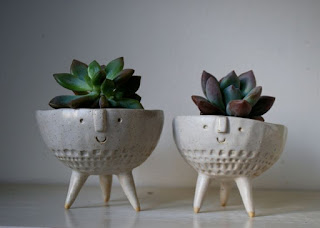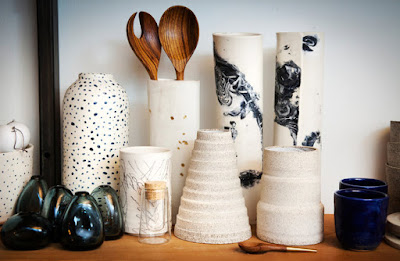Shark Pinch Pot

I think that this pinch pot is very creative and unique. I like the way that the artist created shark teeth as well as the fins. As this product is still in the “greenware” phase and is therefore still raw, I am certain that the final product would look very nice with a glaze coating after being fired in the kiln. I am excited to learn the techniques of making a pinch pot in class.












